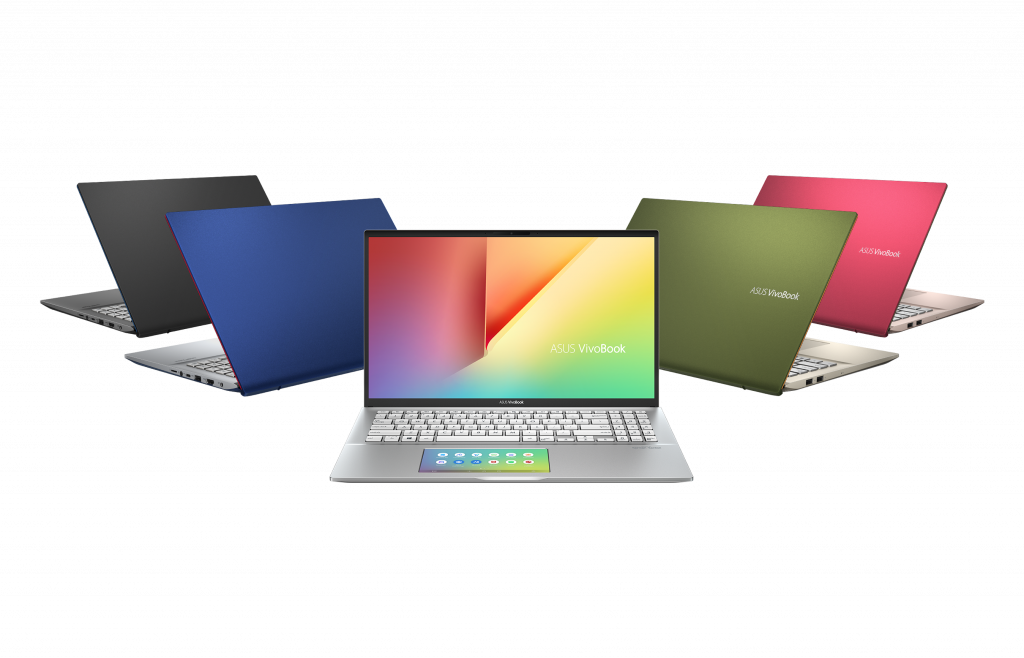Asus has announced a new range of laptop-focused gaming displays, updated ROG headsets, and updates to its current ZenBook and VivoBook ranges, including smarter, more sophisticated versions of the touch-sensitive display/touchpad the company calls its ‘ScreenPad’. All of the announcements came out of the first day of the Computex trade show that’s underway in Taipei, Taiwan.
The original ScreenPad was pretty limited, but this year Asus has revealed the ScreenPad 2.0, which functions more like a built-in smartphone than merely a tiny display behind a touchpad. It’s bigger, more intuitive to use, and won’t drain your laptop’s battery as enthusiastically as the first version did.
Republic of Gamers (ROG) gaming laptop displays
Asus is known for its top-of-the-line gaming displays. It has added to their number with the launch two 4K AMOLED 240Hz/3ms laptop panels. These panels are designed for the existing Strix Scar III and Hero III gaming laptops.
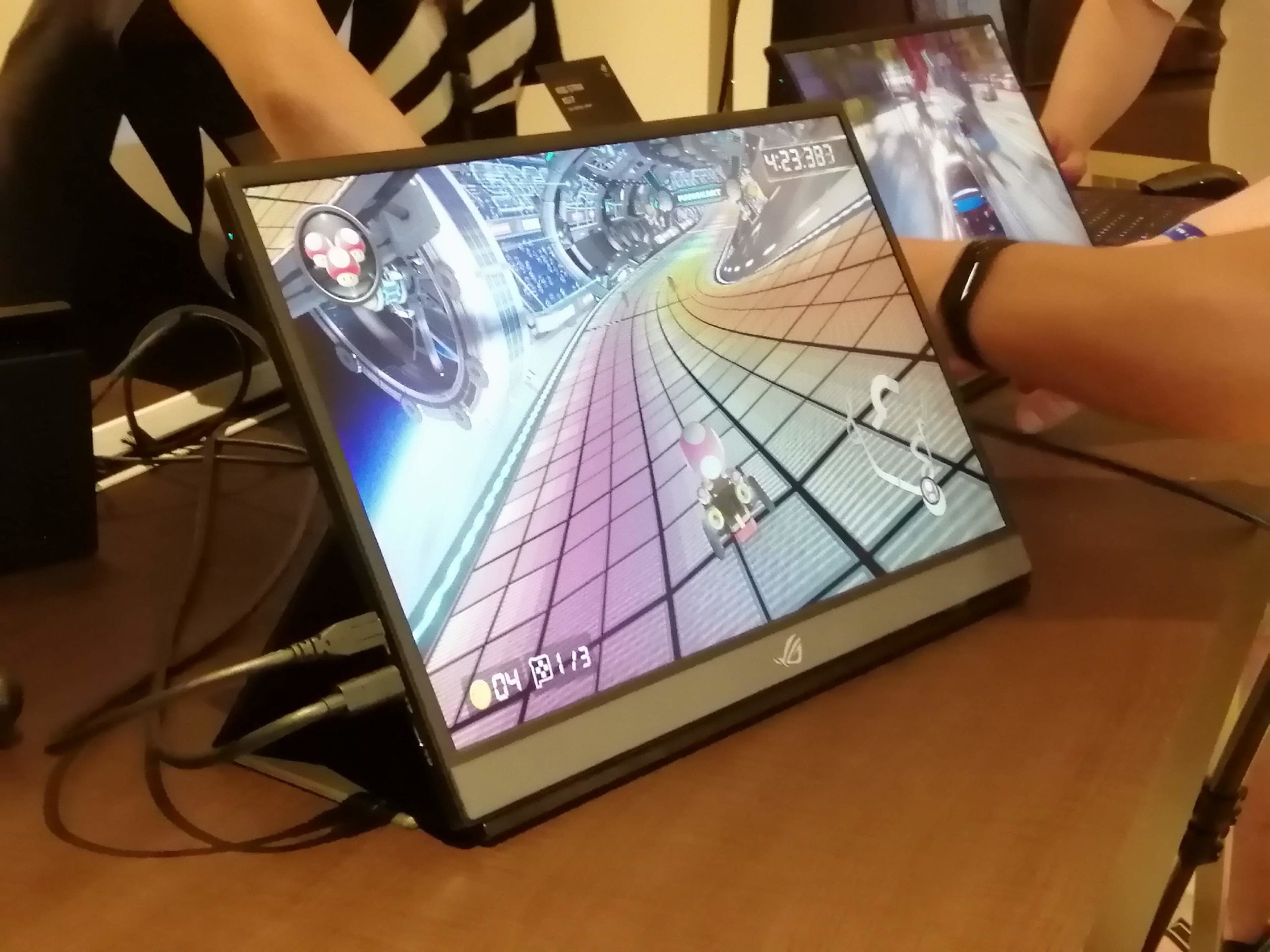 These panels have a much higher refresh rate than conventional UHD panels. A standard 4K UHD refreshes at 120Hz, while Asus’s latest refresh at double that rate.
These panels have a much higher refresh rate than conventional UHD panels. A standard 4K UHD refreshes at 120Hz, while Asus’s latest refresh at double that rate.
The Strix Scar III and Hero III are the first laptops fitted with the 240Hz/3ms displays. Both machines feature (up to) GeForce RTX 2070 GPUs capable of utilising the display’s high refresh rate without breaking a sweat.
You can check out the ROG laptop lineup on the Evetech website, where the Scar III and the Strix III are already available for purchase. Not with the new display tech, though. Not yet. It still has to make its way over from Computex, after all.
The updated VivoBook S14 and S15
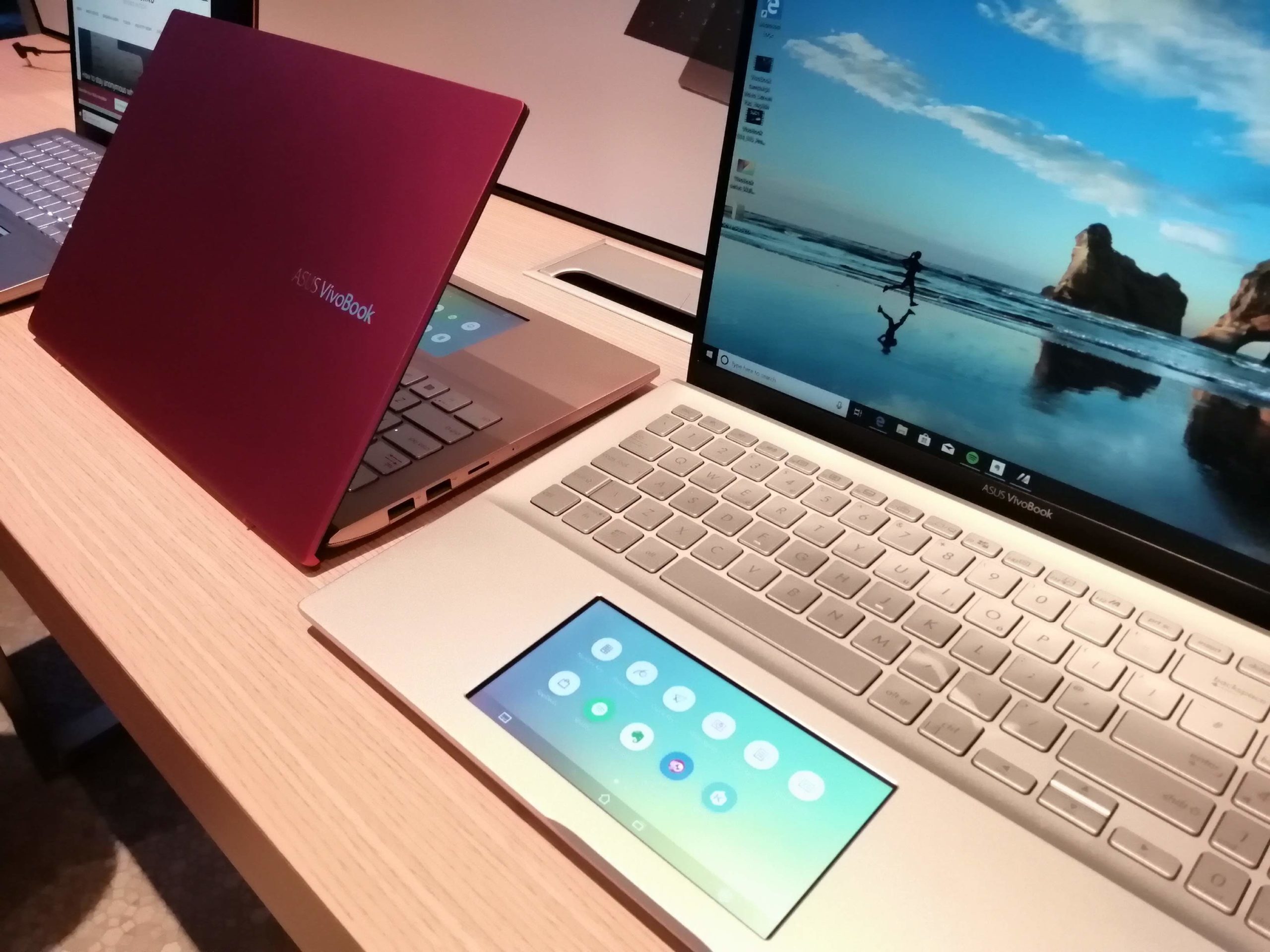 The VivoBook range is good-looking, pretty affordable, and now also fitted with the ScreenPad 2.0. The new VivoBook S14 and S16 feature Asus’ ErgoLift hinge design — that uses the top edge of the lid to elevate the keyboard to a more wrist-friendly angle — and metallic chassis in a variety of colours.
The VivoBook range is good-looking, pretty affordable, and now also fitted with the ScreenPad 2.0. The new VivoBook S14 and S16 feature Asus’ ErgoLift hinge design — that uses the top edge of the lid to elevate the keyboard to a more wrist-friendly angle — and metallic chassis in a variety of colours.
The updated range arrives with up to an Intel Core i7 processor and an Nvidia GeForce MX250, and up to a 1TB SSD. They are also the first VivoBooks to feature an infrared (IR) camera and support the brand-new Wi-Fi 6 standard.
Asus’s VivoBook S14 and S15 will be available in SA from August, with prices starting from R17,000.
A new range of ZenBooks
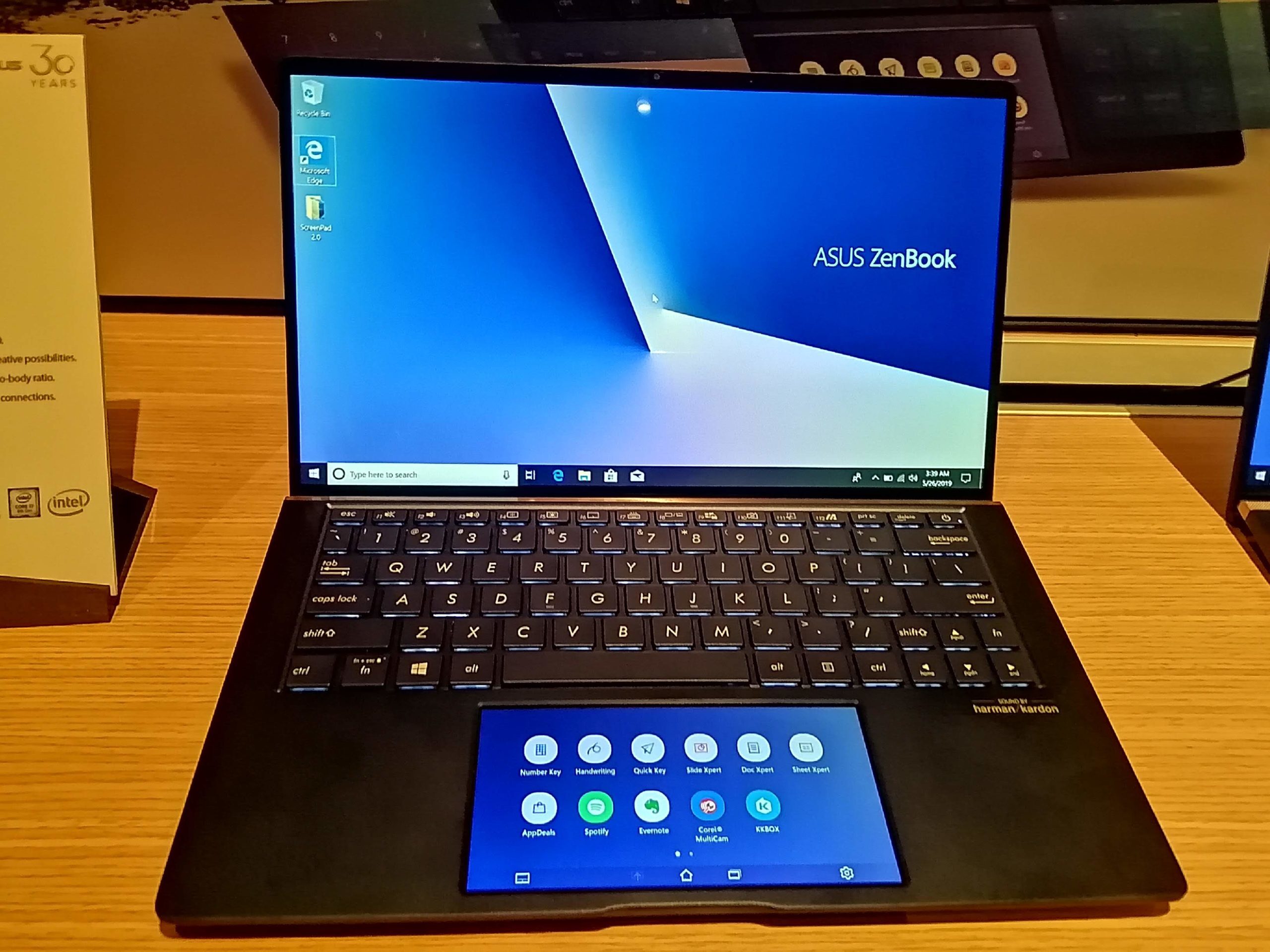
The super-slim ZenBook range that debuted the ScreenPad will also receive the second-gen version. Asus will also release a 30th-anniversary model with a Pearl White genuine leather lid cover. Unfortunately SA won’t get that one (unless you have a good friend willing to bring you one from the States).
We will get 14in and 15in variants of the ZenBook in SA. These will ship with up to 8th Gen Intel Core i7 CPUs, a GeForce GTX 1650 Max-Q GPU, 16GB RAM, and your choice of SSD. The seemingly bezel-less NanoEdge displays will come in 14in and 15.6in sizes, and both feature a 95% screen-to-body ratio.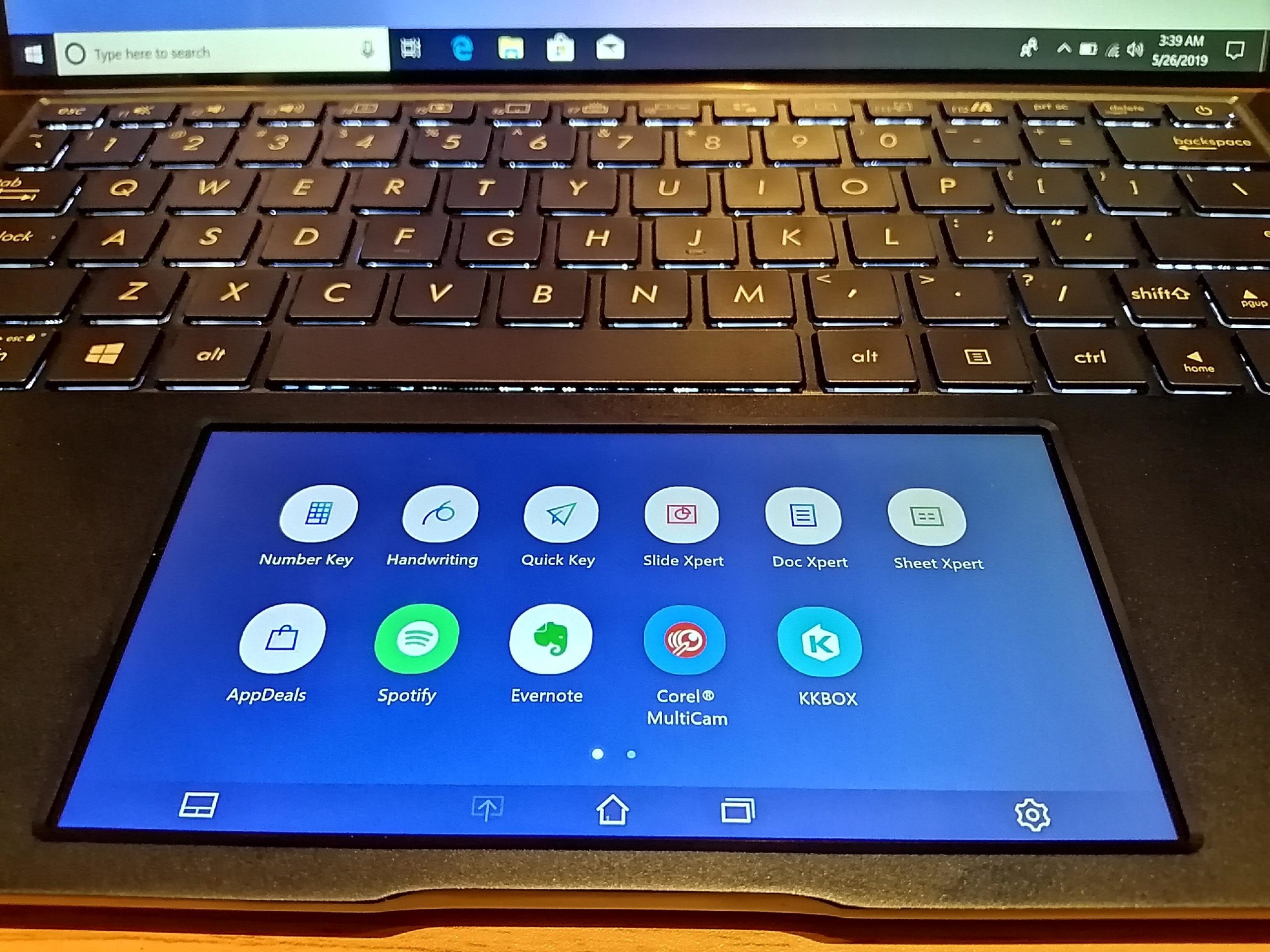 At 5.65in, the ScreenPad 2.0 is larger than the previous iteration and has a more smartphone-like interface. You can install Windows Store apps directly to the ScreenPad. It also features Quick Key (which enables one-tap automation of complex keyboard sequences), Handwriting (for natural text input), and Number Key. Unlike the previous version, that drained the laptop battery quickly, it’s now more energy efficient by having its own dedicated processor.
At 5.65in, the ScreenPad 2.0 is larger than the previous iteration and has a more smartphone-like interface. You can install Windows Store apps directly to the ScreenPad. It also features Quick Key (which enables one-tap automation of complex keyboard sequences), Handwriting (for natural text input), and Number Key. Unlike the previous version, that drained the laptop battery quickly, it’s now more energy efficient by having its own dedicated processor.
The Asus ZenBook 14, 15 will be available locally from August 2019 and will start at R27,000.
…And gaming headsets incoming
Most importantly (for us at least), Asus announced two new gaming headsets, the ROG Theta 7.1 and the ROG Theta Electret. We’re not sure if both of these will make it to South Africa, but we can confirm that the Theta 7.1 will definitely be making an appearance.
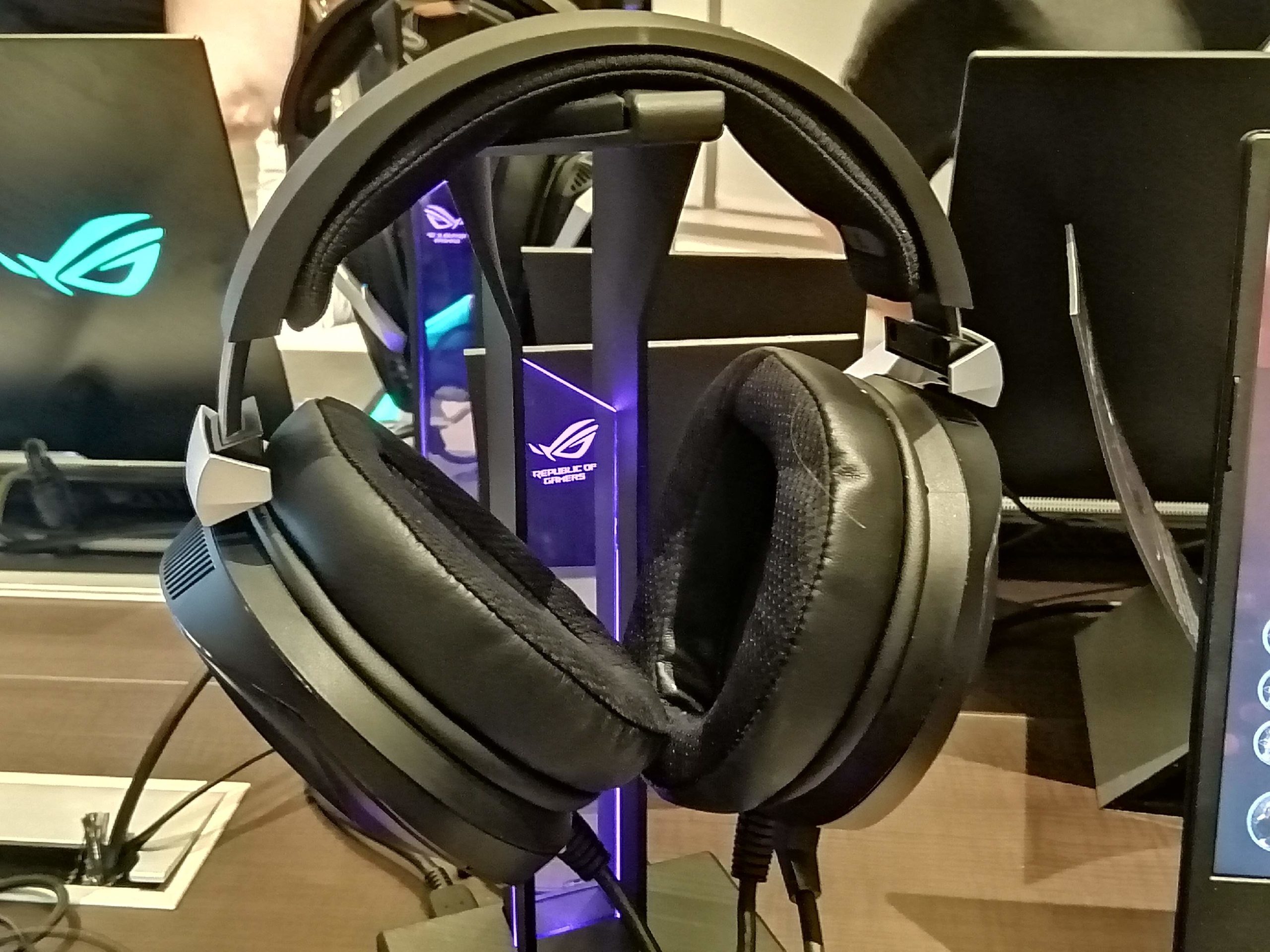 The Theta 7.1 features 7.1 surround sound and is fitted with eight Essence drivers with virtual bass. This means that each can has four drivers, but none of them serve as a dedicated bass driver. Instead, bass is virtually created using all four drivers. The Theta 7.1 also features ROG’s home theatre-grade 7.1 DAC and 4 ESS 9601 buffers. When it comes to the mic, it has a (very impressive — we tried it) AI-powered noise cancelling system, which aims to cancel out all background noise without cutting out your online chatter.
The Theta 7.1 features 7.1 surround sound and is fitted with eight Essence drivers with virtual bass. This means that each can has four drivers, but none of them serve as a dedicated bass driver. Instead, bass is virtually created using all four drivers. The Theta 7.1 also features ROG’s home theatre-grade 7.1 DAC and 4 ESS 9601 buffers. When it comes to the mic, it has a (very impressive — we tried it) AI-powered noise cancelling system, which aims to cancel out all background noise without cutting out your online chatter.
The Theta Electret is aimed at audiophiles who also consider themselves gamers. It’s a Hi-Fi gaming headset that uses a combination of Electret and dynamic drivers (the dynamic drivers are only for bass and the low-end). We could go into detail about the clarity and your need for a high-end streaming service when listening but, like we said, there is no indication that this one will make it to SA.
These headsets will only start production in Q4 this year, but the expected recommended retail price for the ROG Theta 7.1 headset is R3,000. This could change closer to launch.

